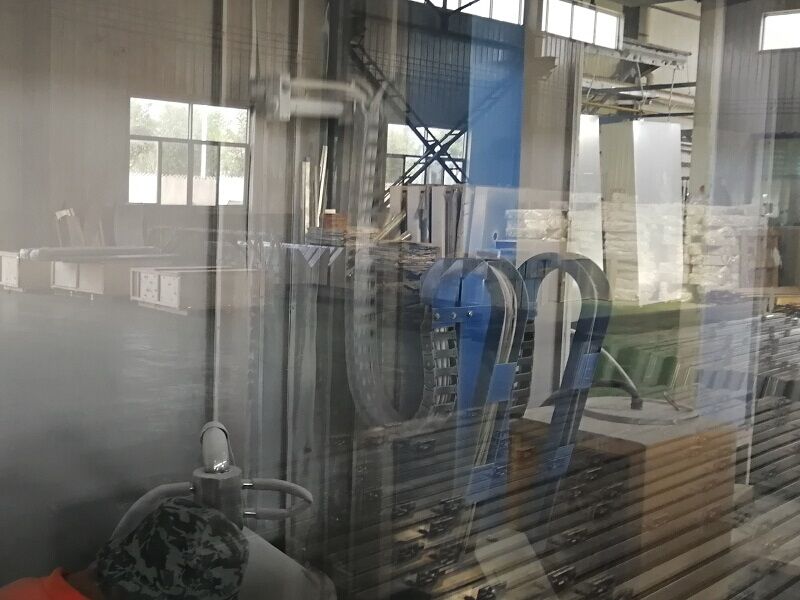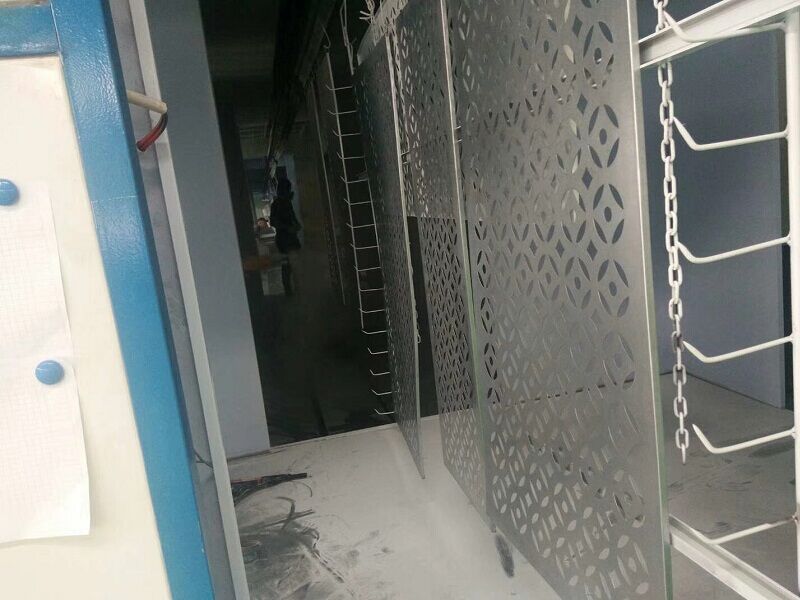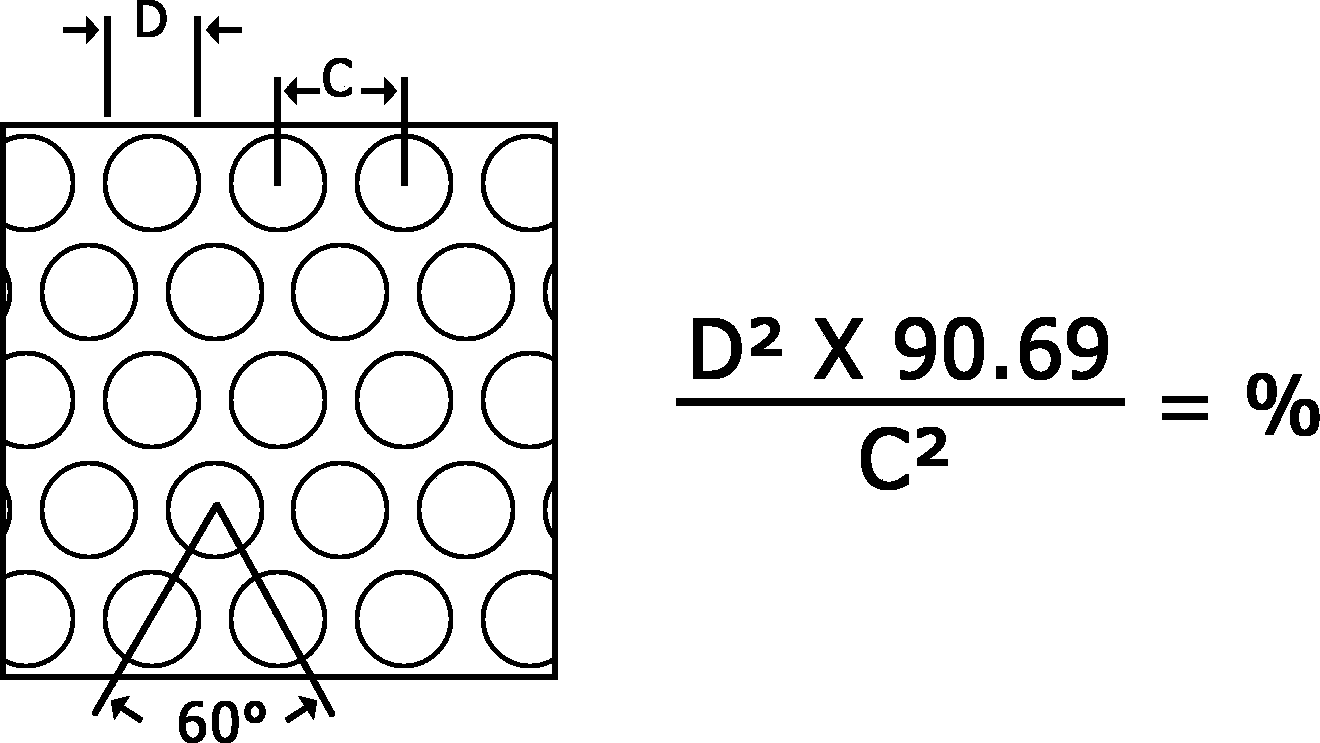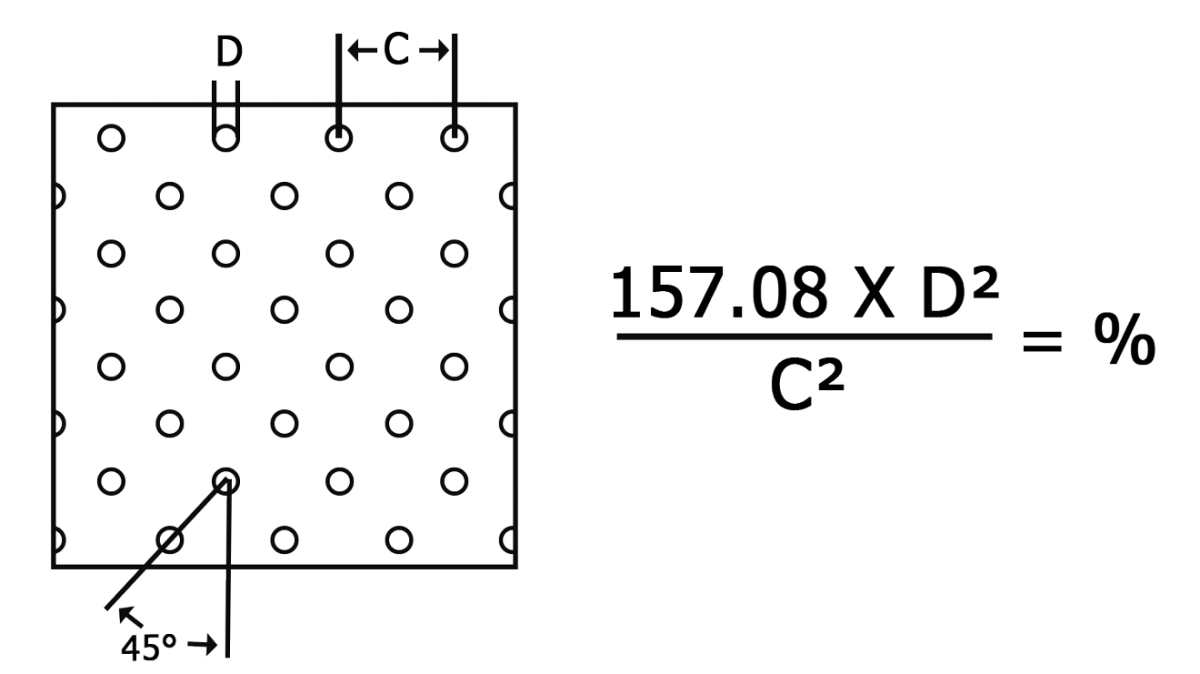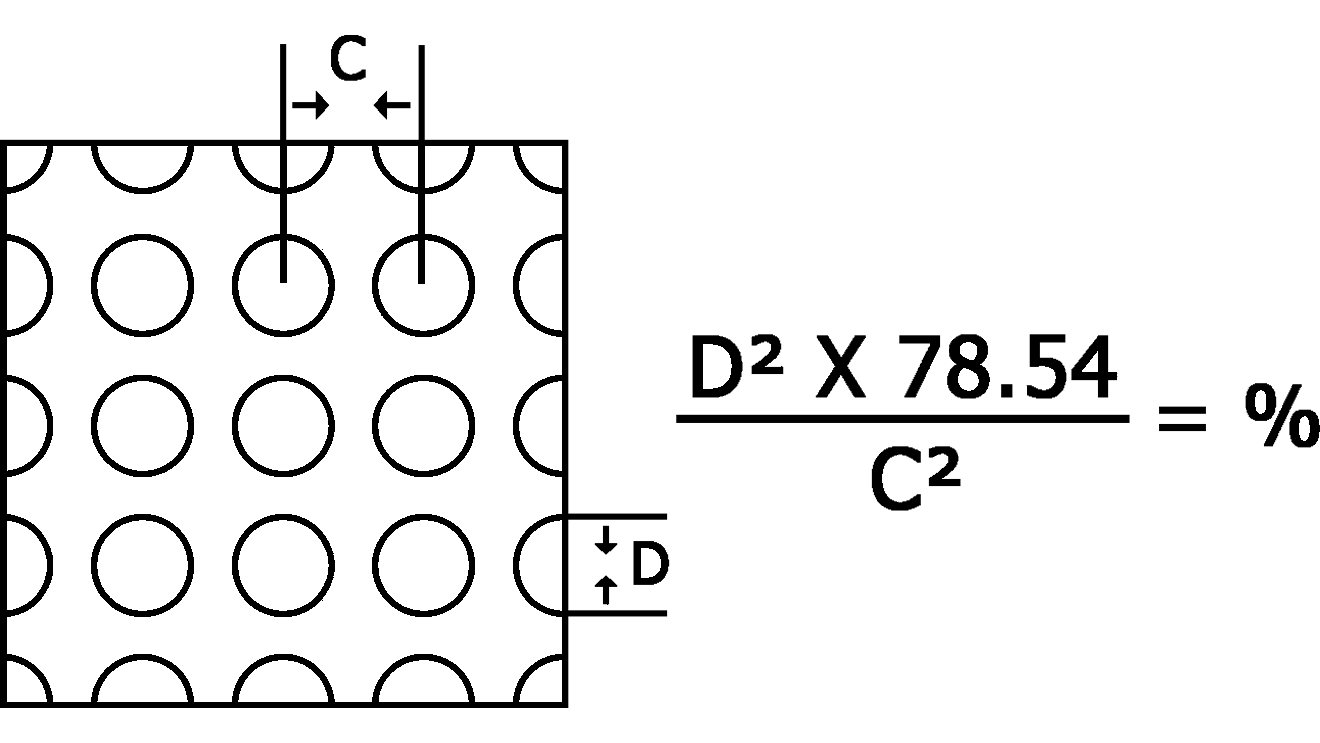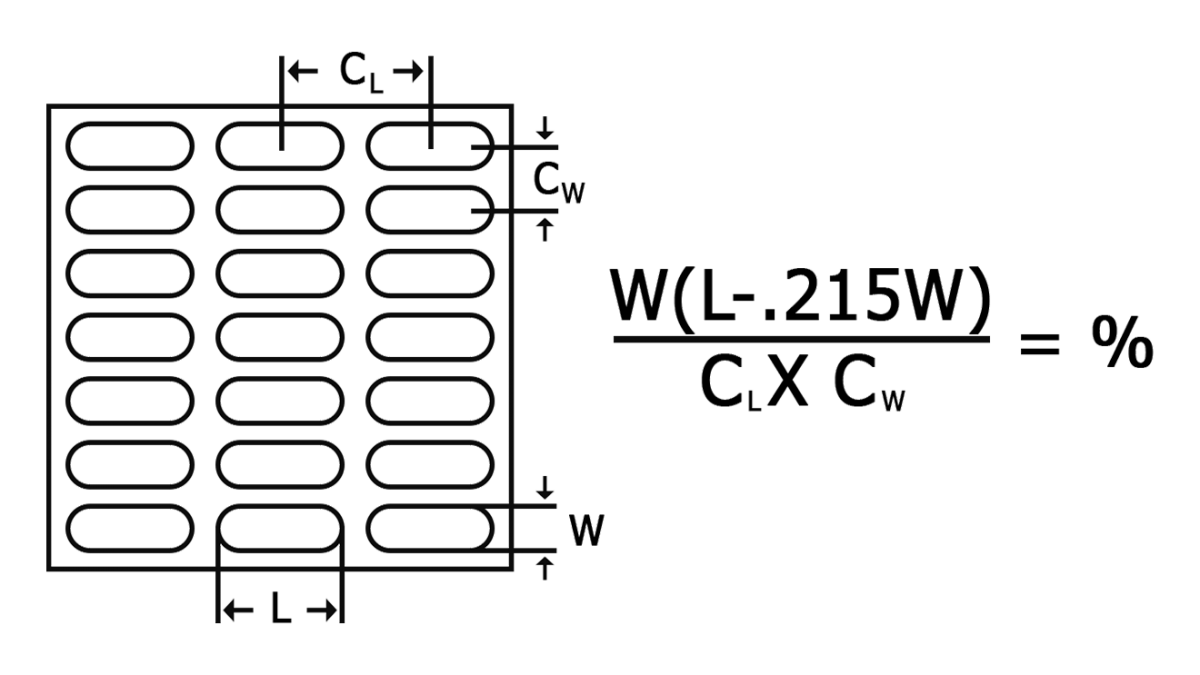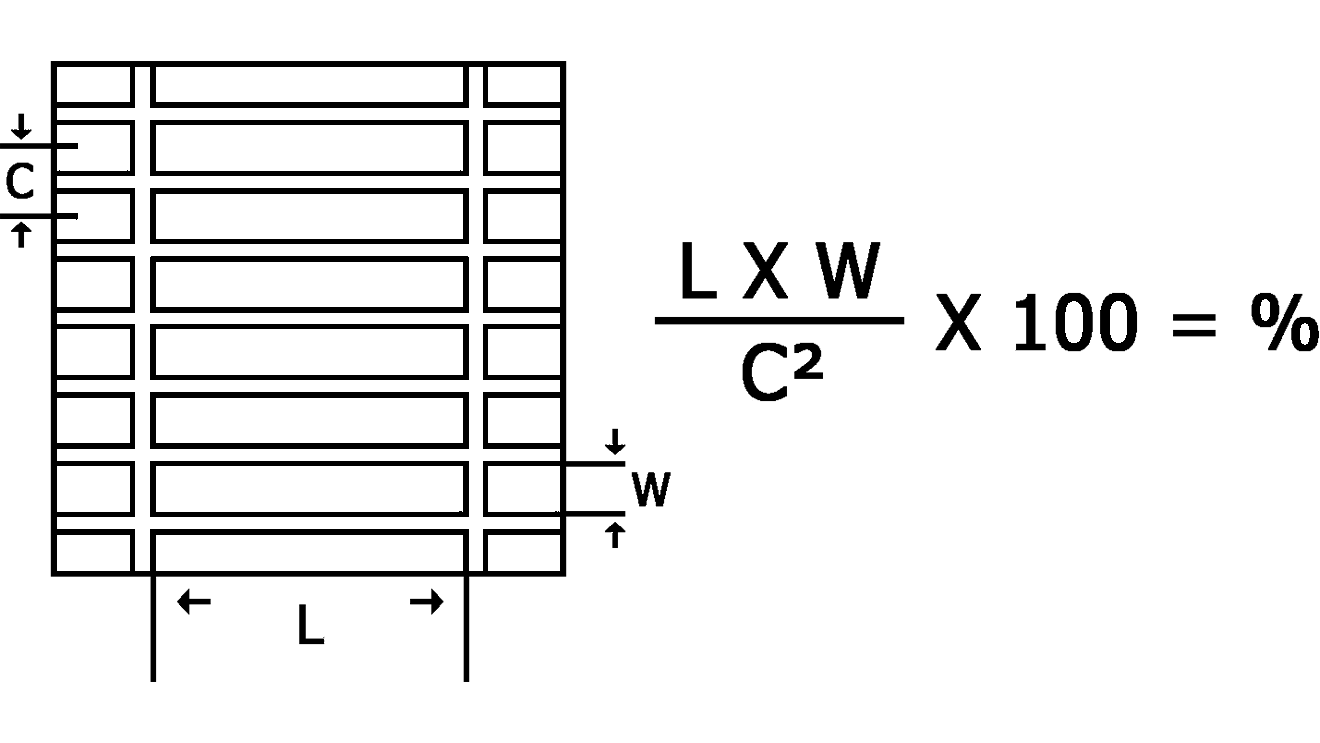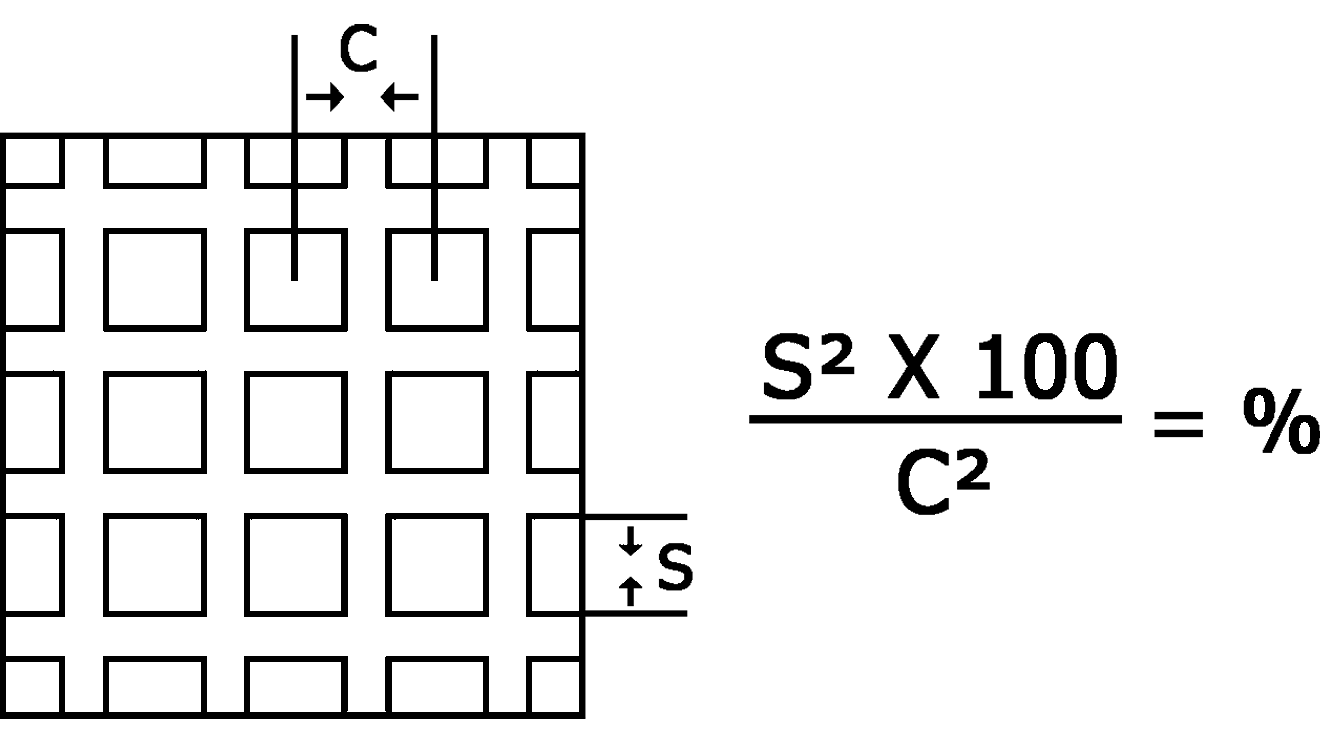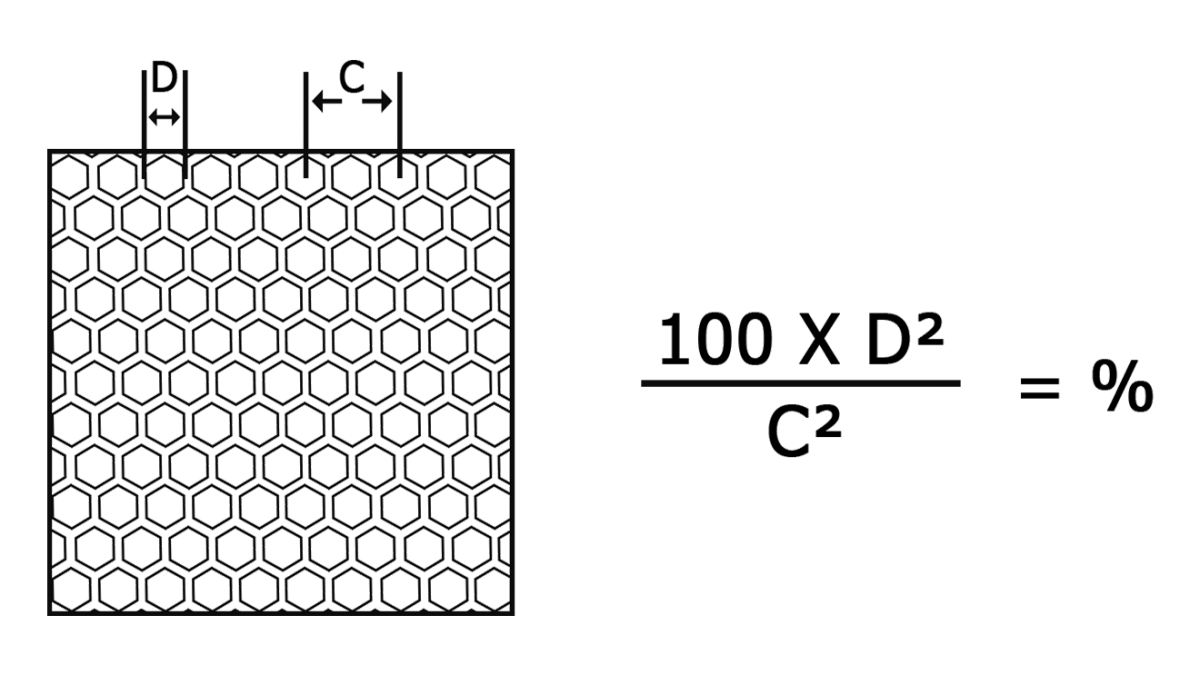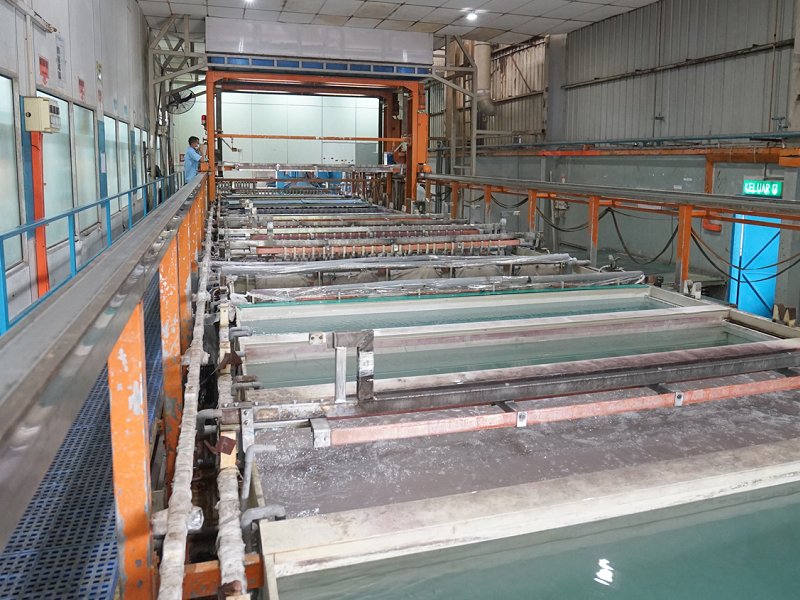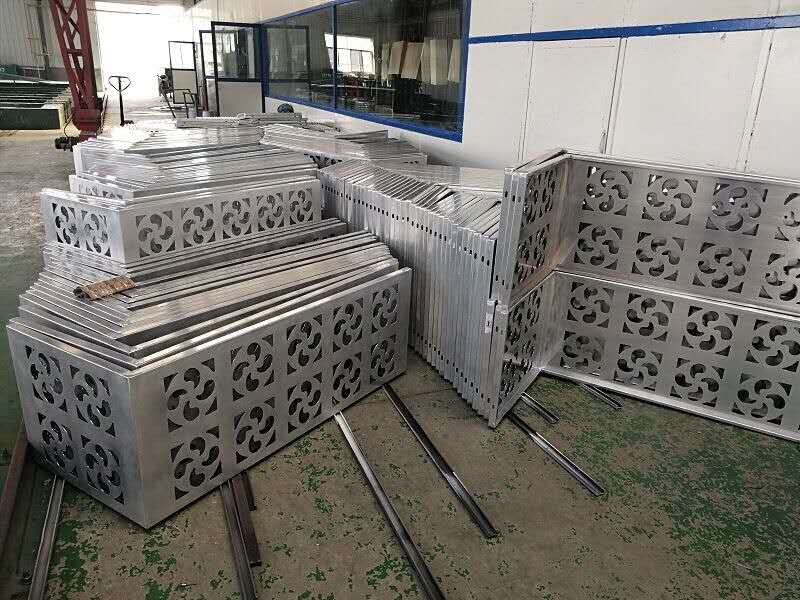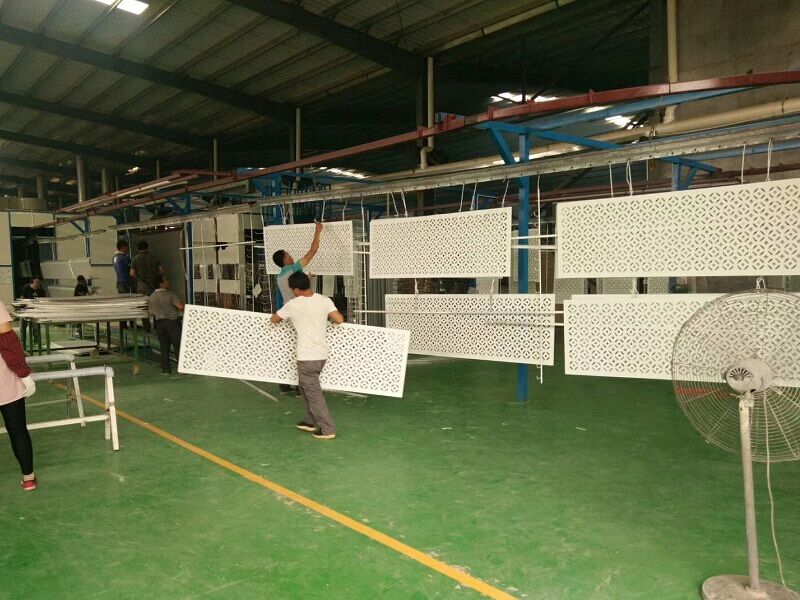We help you determine the best finishes and colors based on your specific metal, the application and interior or exterior location. Choose from anodizing, plating, Hot-Dip Galvanization , painting, powder coating and fluoropolymer finishes. We are prepared to manage the finishing of your parts, providing an exact match to the color of your choice. And, of course, we can draw on our breadth of experience to suggest the right finish for every project.
Perforated Metal Finishes is a demanding task that can make a crucial difference in the appearance and durability of the final product. For the best results, we recommend that you rely on our finishing services. We offer many types:
Anodizing.
Anodizing is an electrolytic process used to increase the thickness of the oxidation that naturally forms on the surface of many metals. Typically used with aluminum, anodizing takes advantage of the inherent properties of aluminum oxide to create a hard, corrosion-resistant surface. Anodized aluminum has an attractive metallic sheen, and can be either clear or dyed in various colors.
Electrogalvanizing.
The most common galvanizing method is electrochemical deposition of the zinc alloy. Because this process creates a relatively thin layer of galvanization, painting is generally recommended for outdoor applications to provide the best corrosion resistance.
Hot-Dip Galvanization.
The part is passed through a molten zinc bath, providing a much thicker coating of zinc at a somewhat higher cost compared to electrogalvanization. Hot-dip galvanization produces a characteristic crystallization pattern or "spangle" on the surface.
Painting
Galvanized steel is dipped in a phosphate bath for additional corrosion protection and to improve paint adhesion.
Galvanized steel with a zinc coating is electronically deposited and then chemically treated to improve adhesion of paint or powder coat finishes.
Powder Coating.
Powder coating is an electrostatic process for applying a dry, powdered material such as polyester, polyurethane or epoxy. The piece is then heat-cured to flow the material together and create the final finish. Powder coating is generally thicker and more durable than paint, although the cost can be somewhat higher depending on the project. A broad selection of colors is available.
Kynar® or Polyvinylidene Fluoride.
Kynar is a fluoropolymer plastic that provides excellent strength and resistance to acids, bases and solvents. Available in a wide range of colors, textures and gloss, the durability and heat resistance of Kynar make it an excellent choice for architectural projects, especially where perforated metal is used to control heat gain. Kynar is also a perfect choice for industrial applications in which corrosive substances are used.
Duranar.
Duranar is a fluoropolymer system with multiple coats that provide excellent protection against chipping, peeling, fading and staining in weather-exposed applications.
PVDF.
PVDF is a specialty plastic coating or finish in the fluoropolymer family generally used in applications requiring the highest purity, strength, and resistance to solvents, acids, bases and heat. Specifically formulated to be applied to aluminum.
Hylar.
Hylar is a specialty plastic coating or finish in the fluoropolymer family generally used in applications requiring the highest purity, strength, and resistance to solvents, acids, bases and heat; also called PVDF.

